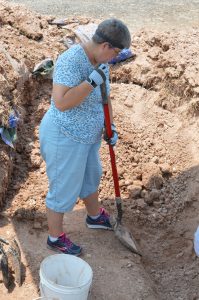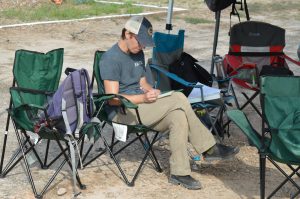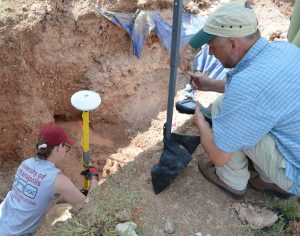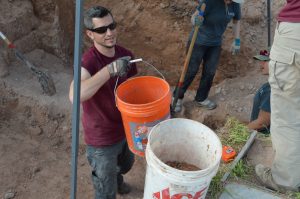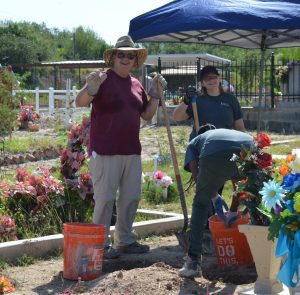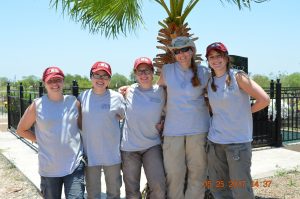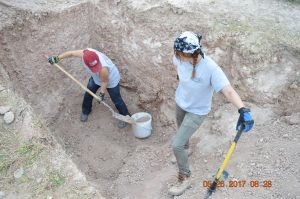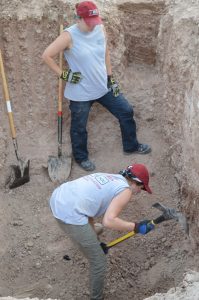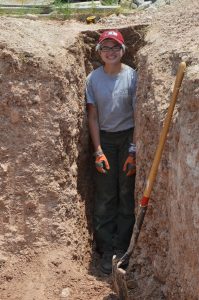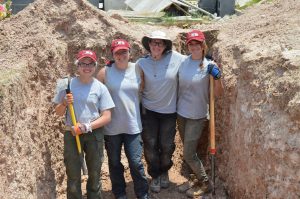I’ve been home from Texas for three days now and it’s always a weird transition back into normal life. In Texas, you wake up every morning with a purpose and it’s really hard to come home and wake up without that same purpose. Additionally, it is hard to come back to a city where a great majority of the individuals have no idea of the atrocities occurring at the border. While this disheartens me, it also fuels me. It fuels me to spread awareness about this crisis and educate people about the true events occurring at the border, those that are commonly inaccurately portrayed by current media.
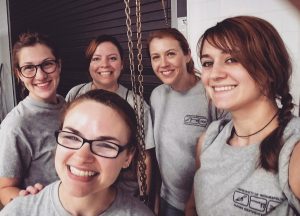
I learned more than I could have ever hoped for on this trip to Texas. Not only did I improve upon field techniques and forensic archeological skills, I also gained experience conducting lab analyses. As this was the first trip I have been involved where skeletal analyses took place, I learned so much regarding each of the aspects I took part in, as well as the intricacies and variation behind each of the traits we looked at. During the Human Osteology course offered at UIndy, I learned about some of these traits and how to correctly analyze them, so it was amazing to apply this education in a new context.
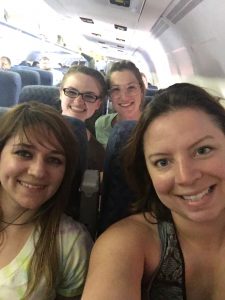
I also learned more about the sociopolitics surrounding this crisis in a town that is situated much closer to the border than Falfurrias is. Because we don’t have the same five year long relationship with Rio Grande City as we do with Falfurrias, I believe we will continue to learn more about the sociopolitics surrounding this crisis as our relationship with this city grows and progresses. I look forward to continuing to learn about the intricacies of this humanitarian crisis, and seeing how location and proximity to the border effects community views. I believe that understanding these aspects of the humanitarian crisis can inform policies, procedures, and viewpoints that accurately address and reflect the mass disaster occurring. Only with this understanding can true change take place.
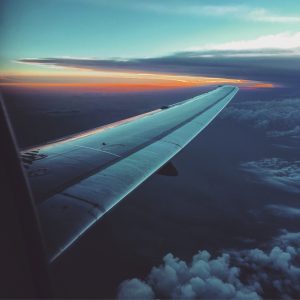
I always miss the people I have met down in Texas. The new friends I made this field season, as well as friends made last January; Sister Pam, Dr. Spradley, Dr. Gocha, JP… all of these incredible individuals that work so hard for this humanitarian effort. But the aspect of Texas I always miss the most is the purpose, knowing that what I am doing is helping return individuals to their loved ones. Even though I don’t wake up with the same purpose as I do in Texas, I now wake up with a different purpose – spreading awareness, education, and advocacy.
Until next time, TX…
